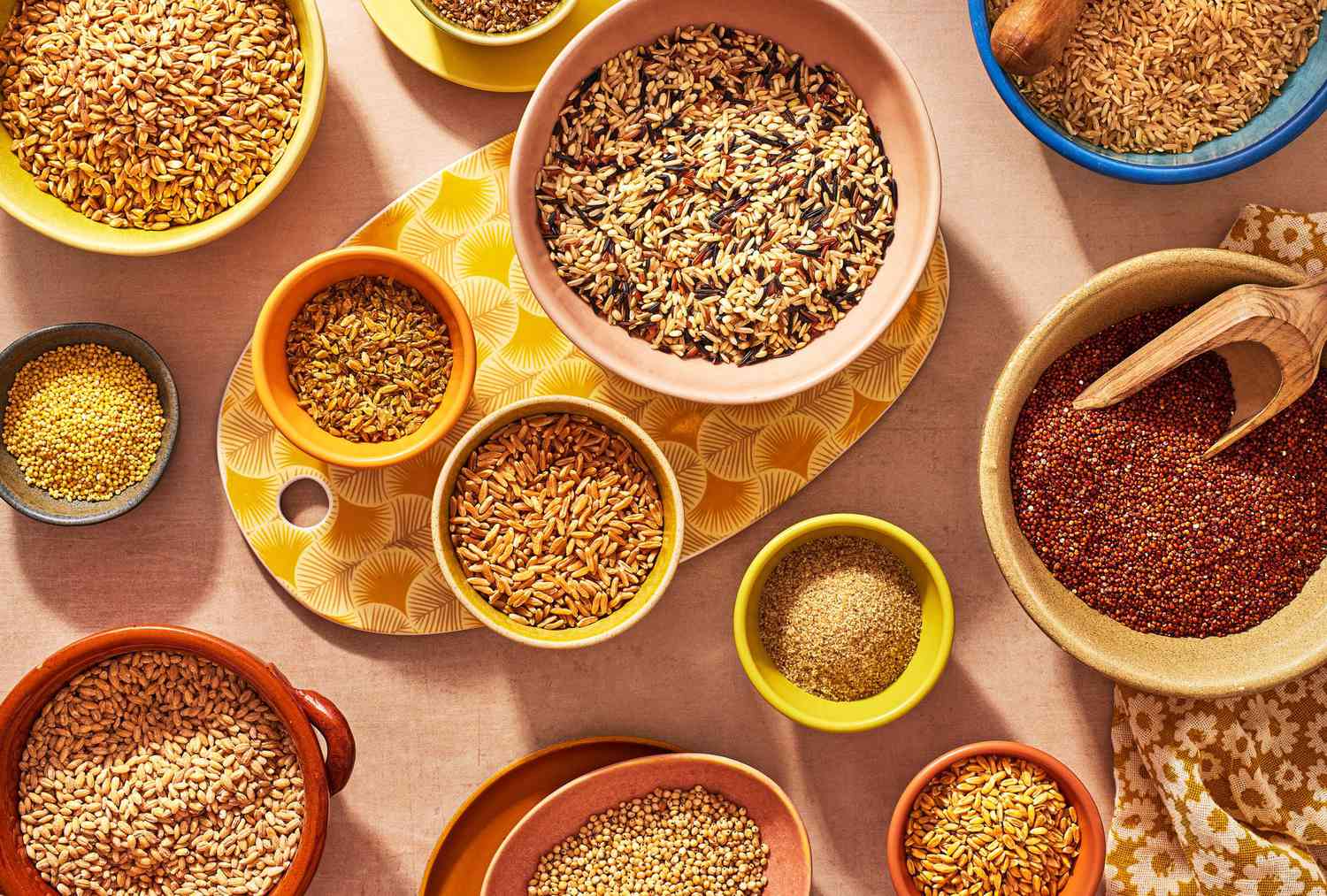Ancient grains have gained popularity in recent years due to their numerous health benefits and unique flavors. These grains, which have been consumed for thousands of years, are packed with nutrients and are a great addition to any diet.
What are Ancient Grains?
Ancient grains refer to a group of grains that have remained largely unchanged over the centuries. Some popular ancient grains include quinoa, farro, amaranth, and teff. These grains are known for their high protein, fiber, and antioxidant content.
Why Cook Ancient Grains?
Cooking ancient grains can unlock their full potential, making them tastier and easier to incorporate into meals. Additionally, cooking ancient grains properly ensures that they are easier to digest and maximizes their nutritional benefits.

Credit: www.walmart.com
Cooking Methods
There are various methods for cooking ancient grains, and the cooking time and water ratio may vary for each grain. Here’s a guide to cooking some of the most popular ancient grains:
Quinoa
Quinoa is a versatile and nutritious grain that can be cooked in a variety of ways. To cook quinoa, use a 2:1 water to quinoa ratio. Rinse the quinoa thoroughly before cooking to remove any bitterness. Bring the water to a boil, add the quinoa, and simmer for 15-20 minutes until the water is absorbed. Fluff with a fork before serving.
Farro
Farro has a nutty flavor and a chewy texture, making it a great addition to salads and soups. To cook farro, use a 3:1 water to farro ratio. Simmer the farro for 25-30 minutes until it is tender but still chewy. Once cooked, drain any excess water and use the farro in your favorite recipes.
Amaranth
Amaranth is a tiny grain that cooks quickly and has a slightly sweet, nutty flavor. Use a 3:1 water to amaranth ratio when cooking. Bring the water to a boil, add the amaranth, and simmer for 15-20 minutes. Once cooked, the amaranth will have a thick, porridge-like consistency.
Teff
Teff is a tiny grain that is commonly used in Ethiopian cuisine. To cook teff, use a 3:1 water to teff ratio. Bring the water to a boil, add the teff, and simmer for 15-20 minutes. The cooked teff will have a slightly nutty flavor and can be used as a base for porridges or as a gluten-free flour substitute.
Ancient Grain Recipes
Once you’ve mastered the art of cooking ancient grains, you can incorporate them into a wide range of recipes. From salads and soups to pilafs and breakfast bowls, ancient grains add depth and nutrition to any dish. Here are a few simple recipes to get you started:
Quinoa Salad
Ingredients:
- 1 cup cooked quinoa
- Cherry tomatoes, halved
- Cucumbers, diced
- Red onion, finely chopped
- Feta cheese, crumbled
- Fresh parsley, chopped
- Olive oil
- Lemon juice
- Salt and pepper
Instructions:
- In a large bowl, combine the quinoa, cherry tomatoes, cucumbers, red onion, and feta cheese.
- In a small bowl, whisk together the olive oil, lemon juice, salt, and pepper.
- Pour the dressing over the quinoa mixture and toss to combine.
- Sprinkle with fresh parsley before serving.
Farro Soup
Ingredients:
- 1 cup cooked farro
- Carrots, diced
- Celery, diced
- Onion, chopped
- Garlic, minced
- Vegetable broth
- Bay leaf
- Thyme
- Salt and pepper
Instructions:
- In a large pot, sauté the carrots, celery, onion, and garlic until softened.
- Add the cooked farro, vegetable broth, bay leaf, thyme, salt, and pepper to the pot.
- Simmer for 20-25 minutes until the flavors have melded together.
- Remove the bay leaf before serving.
:max_bytes(150000):strip_icc()/healthy-meals-heathiest-grains-01-2000-e7aab23640f3482f8f1b859bb48ce2c8.jpg)
Credit: www.realsimple.com
Frequently Asked Questions For How To Cook Ancient Grains: A Nutritious Guide For Healthy Cooking
How To Cook Ancient Grains?
Cooking ancient grains is easy! Simply follow the basic steps: rinse, boil, and simmer until tender. Enjoy!
What Are The Different Types Of Ancient Grains?
Ancient grains include quinoa, amaranth, millet, teff, spelt, farro, and freekeh, providing a variety of flavors and nutritional benefits.
How Long Does It Take To Cook Ancient Grains?
The cooking time for ancient grains varies. Quinoa and millet take around 15-20 minutes, while amaranth and teff cook in about 25-30 minutes. Check the package instructions for more accurate cooking times.
Are Ancient Grains Gluten-free?
Some ancient grains like quinoa and amaranth are naturally gluten-free, making them great options for those with gluten sensitivities or celiac disease. However, other ancient grains such as spelt and farro do contain gluten.
Conclusion
Cooking ancient grains is a simple and rewarding way to add nutritional value to your meals. Whether you’re a fan of quinoa, farro, amaranth, or teff, there are numerous ways to incorporate these ancient grains into your cooking. By following the recommended cooking methods and trying out some delicious recipes, you can elevate your culinary experience and reap the health benefits of these nutritious grains.
